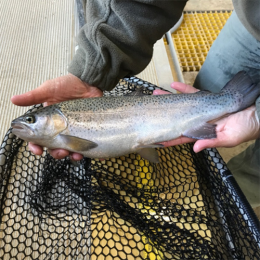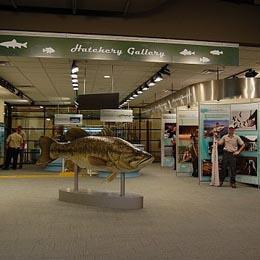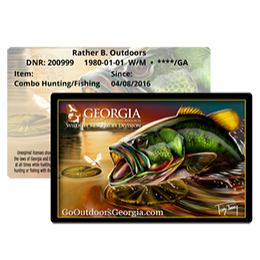Out My Backdoor: Location Critical for Bird Nesting Boxes
By Terry W. Johnson
In the real estate business it is often said the value of a property is determined by three things location, location, location. The same holds true for nesting boxes. Where you erect a bird house will determine what bird will nest there since all cavity-nesting birds prefer to nest in certain
habitats and will rarely nest anywhere else.
For that reason, try as we might, it is difficult to get an eastern bluebird to nest in a heavily wooded backyard or a screech owl to use a box in the middle of a large open yard.
 An official website of the State of Georgia.
An official website of the State of Georgia.




